In every community, not just St. Louis, there are three categories of people. There are the legacies who are born and raised and have never left. There are the pioneers, or transplants, who are from the outside and have come in. Then there are the boomerangs — people who were here and left and then came back. I would say the people who generally sweep it under the rug are the legacy people. The disenfranchised ones might sweep it under the rug because they don’t want to make a ruckus. They’re like, “Hey, it doesn’t do anybody any good to talk about it.” And then those that are privileged are saying, “Look, let’s not let the emperor know he doesn’t have any clothes. Let’s just continue to pretend like things are okay.” A boomerang, or a pioneer/transplant, comes in and says, “No, but we’ve seen things differently at other places. You can’t sweep it under the rug. You’re not fooling anybody. There’s a big mound on the rug!” I think they’re willing to call out the blemishes, and actually say, “Let’s just clean out the rug and do something about it.”
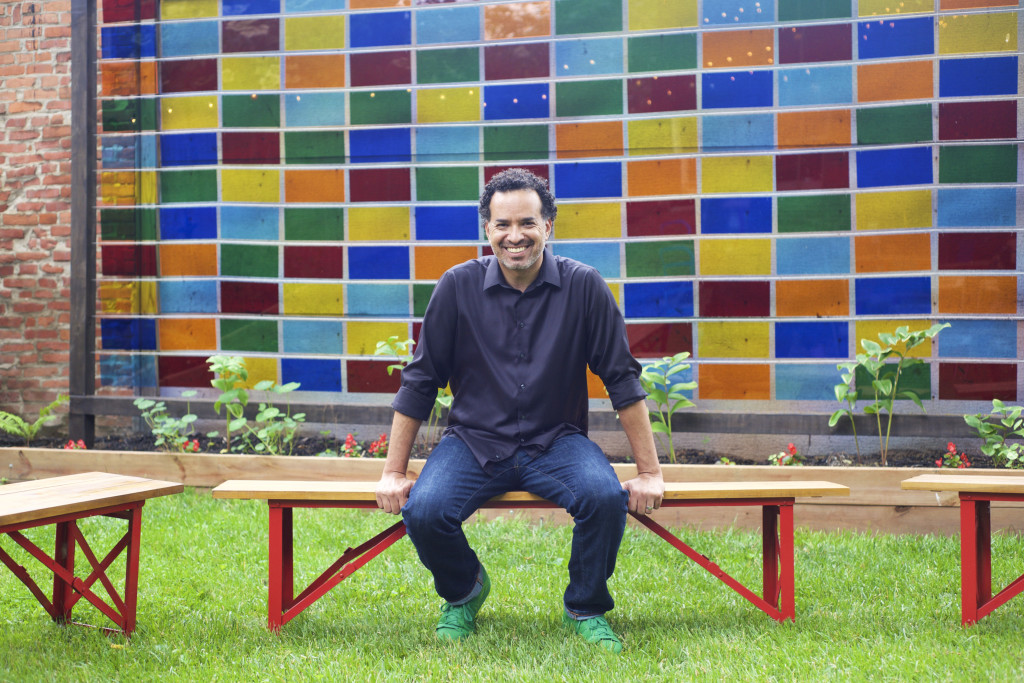
Travis Sheridan, photos by Lindy Drew
Boozestorming is drinking outside of the box. Or, changing the world one sip at a time. I started this in the backyard with some friends when I noticed we were all drinking scotch or bourbon and talking about the changes in the advertising industry. I looked around and thought, “We’re having a really good conversation. We’re not talking about chasing skirts or sport or cars. We’re talking about professional life. What if I could do this again?” So, I created this whole process and decided to call it ‘Boozestorming.’ We get together the first Monday of every month. People write down their questions or topics on a bar napkin. They put them in a bowl. I pick a couple of them out for the evening. We do a discussion. And I facilitate it based on four different buckets.
First, we talk about what’s known. We don’t jump right to problem-solving. We talk about, what are some truths? What are some rumors we’ve heard about the topic? Then, we talk about things to try. Then, what the new reality would be if we tried some of those things. The last piece, I always say as a mad scientist, is going around the room or circle to find out what people were drinking. When you come, you have to bring at least one of three things:a bottle, your brain, or a buddy. Or, chocolate. Chocolate also works.
I honestly started doing it here because I didn’t know very many people. I found five people, invited them, they would usually bring people, and then my network would grow. Now, we have about 175 people on our email list, and there are only 22 or 25 slots every month. We’ve actually started doing it in other places, so there are these little Boozestorming chat crews popping up. It’s like TED, but for drinkers.
That’s what I like about these funky little cities… They’re like, “If you see something broken, go fix it. If you see an opportunity, go seize it.”
After August 9th, when we were doing Boozestorming, somebody wrote on one of the bar napkins, “How do we attract and retain young people of color in St. Louis?” It was a really good conversation, except a group of individuals kept saying, “Why does it have to be young people of color? Why don’t we just say, ‘How do we attract and retain young people?'” The benefit of being a facilitator is that I can say, “Well, because the napkin is written this way. If you wanted a different napkin, we would have put a different napkin in there.”
Those were two entirely different questions — young people and young people of color. We’ve also had a lot of conversations about police engagement. How do we trust the police? How do you even get people to go into the police force now knowing these are some of the barriers that are there? And how do you get young urban people to see a career in law enforcement as a viable and noble career? We’ve had a few of those conversations at Boozestorming, and it’s been good to use that as part of the talk.
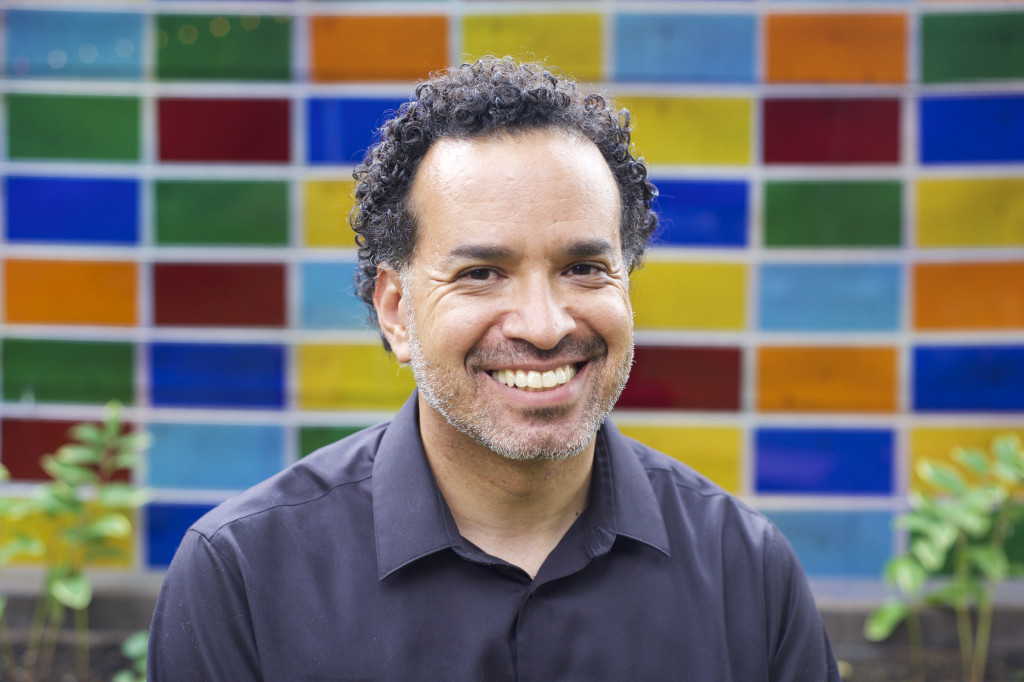
“What kinds of questions did people back home ask about you now being here?”
The standard questions were, “Are you guys safe? Are you okay?” They don’t realize how big and metropolitan St. Louis is. They have no geographic understanding of where Ferguson is relative to where we live, so that was the confusion. Eric Garner happened, what, 10 days or so after Ferguson? During that gap, before the Eric Garner situation occurred, there was a lot more, “Wow, St. Louis is really… Shit’s hitting the fan. Things are going down.” After the Eric Garner case, people were looking at this more systemically:“Okay, this is not just St. Louis. There are a lot of things going on.” That gave us a little bit of a reprieve from it only being about St. Louis. There are still assumptions that it might be unsafe. My wife and I do a pretty good job of always talking about how safe it really is, how we’re not afraid, and how, even if things are a little wonky, we’re still going to continue pushing and not change our lifestyle or our patterns of behavior. You could say we’re not going to let fear get us. We’re here to live and we’re living.
Old North has either a bad reputation, misperception, or people just don’t know about it. But we love opening up our home to bring 20 plus people in on a monthly basis to at least experience it.
I’m a sucker for these second-tier cities, and it’s not a slight on St. Louis. If anybody’s looking critically at St. Louis, we are truly a second-tier city. We’re not San Francisco or New York. But, St. Louis is a city where if you just want to try something, you just do it. My wife wanted to put a Little Free Library in the park across the street. She said, “Who do I need to talk to about permits or anything like that?” And they were like, “No, just go ahead and do it.” That’s awesome, right? The neighborhood rallies behind that. It’s not that they suddenly say, “Hey, stop doing that.” That’s not all parts of St. Louis, but that’s really what attracted us to Old North St. Louis. That’s what I like about these funky little cities. And I run into other people who want to do that same type of stuff. They’re like, “If you see something broken, go fix it. If you see an opportunity, go seize it.”
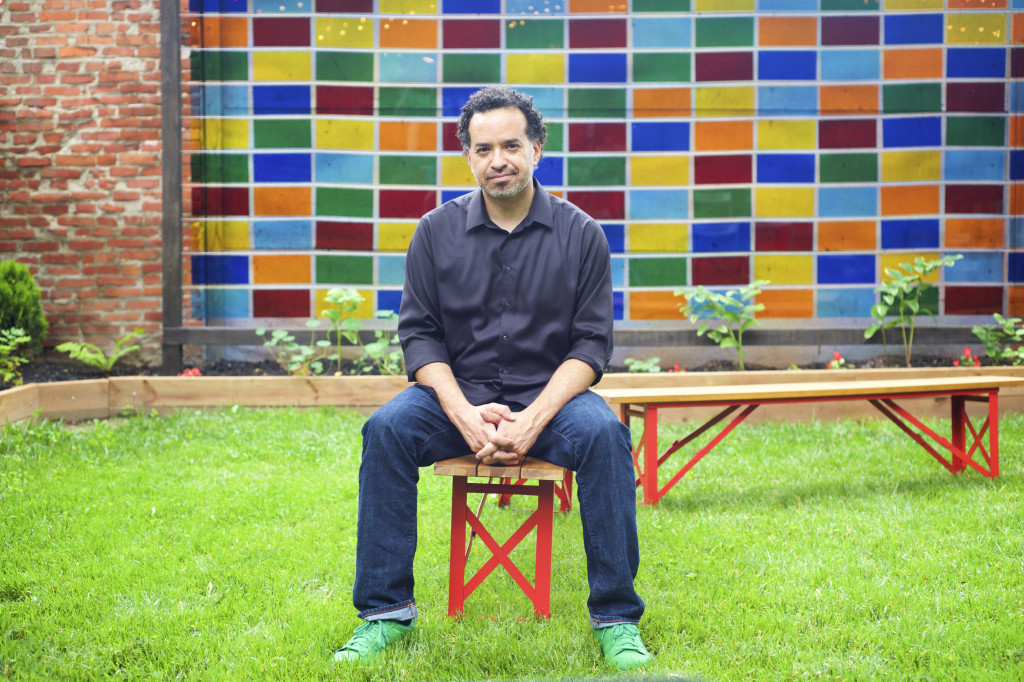
What started as a simple way to hide a blighted wall in my backyard quickly turned into a life of its own… https://www.framedperspectives.com/
It is a great place for social innovation and social entrepreneurship, but at the same time, two things that really hold St. Louis back are our fear of failure and our inability to handle negative things. Ferguson really showed us this. Anything that was going to happen in Ferguson was going to happen at some point. But it wasn’t going to happen as people were naturally saying, “You know what? There’s some racial inequality. We should probably look into that.” It took an explosive event for people to even continue that conversation.
I am a fast thinker and when it came to the Ferguson situation, I was mentally and emotionally paralyzed. I’m thinking, “I could come up with… Is there a solution? Is there an answer?” I just used the phrase, “I don’t know,” over and over and over. “What are some things you think you might want to do?” “I don’t know.” “How should people get involved?” “I don’t know.” “What does justice look like?” Nobody could define justice. And I don’t blame them because that’s a very esoteric word that means different things to different people. But, until I started working on this art project in the backyard, and thinking about that as a framework for myself to address some of this, I was really at a loss.
Go to places where you normally don’t go. Don’t have coffee at Starbucks. Have coffee at La Mancha or at some little local type place in a different zip code or a different neighborhood.
“Part of what you do is create spaces to have conversations, to collaborate, to talk. What would be your advice for how people can take the initiative to create those spaces?”
Most spaces you create should be intimate. Bringing people into your home is probably one of the best things. Old North has either a bad reputation, misperception, or people just don’t know about it. But we love opening up our home to bring 20 plus people in on a monthly basis to at least experience it. People will say, “You have strangers come in? Aren’t you worried about things getting stolen?” “I’m not. I don’t care.” So, use your home and go a little old school — like even an old school church model if you wanted — to bring people in for communion or commune with one another. Create a sense of community.
I like the model where it’s your brain, a bottle, and your buddy. If you don’t want the bottle, you can do a snack. It becomes a monthly potluck. But asking to bring another person is really helpful because then you’re not just adding your friends but new people to that group. If you’re going to do it more on the institutional side of things, find a space that is non-politically charged, non-denominational — an innovation space like Venture Café or the Cortex District or an art space, like a gallery which has creativity in their DNA. In a gallery, you’re going to look around and see things and that might stimulate some additional thought. Just try to find as many small opportunities for community as possible.
St. Louis, in what ways can we help you heal?
You’re not going to create a way for people to want to know about somebody else unless you create natural curiosity in people. And that’s hard to do. There are people who are curious and there are people who are just like, “I can walk down the street and never have to talk to anybody. I don’t want to talk to anybody. I just want to be in my own thoughts.” The question is, “How do you create curiosity?” Go to places where you normally don’t go. Don’t have coffee at Starbucks. Have coffee at La Mancha or at some little local type place in a different zip code or a different neighborhood. That takes pioneering, right? At some level, it takes a person having the willingness to do that.
My grandfather grew up in the Midwest before he moved out to California, and he was racist. He admitted he was racist. When I was born, he was thrown into a conundrum. He’s like, “Wait, I don’t like people of others races and my daughter got knocked up by a guy who ditched her so I still may not like him, but I have this grandson who is African American, and I told him that I love him.” He came around. He still wasn’t perfect, but he said, “No, there are people of other races who are of value and I shouldn’t be so bigoted.” He changed his mind. And if every old bigoted person had a mixed-race grandchild, then that might be better. But there’s not enough of us to go around. And some of us aren’t procreating, so they’re out of luck.
“If St. Louis was a person, what question do you have for St. Louis?”
St. Louis, in what ways can we help you heal?

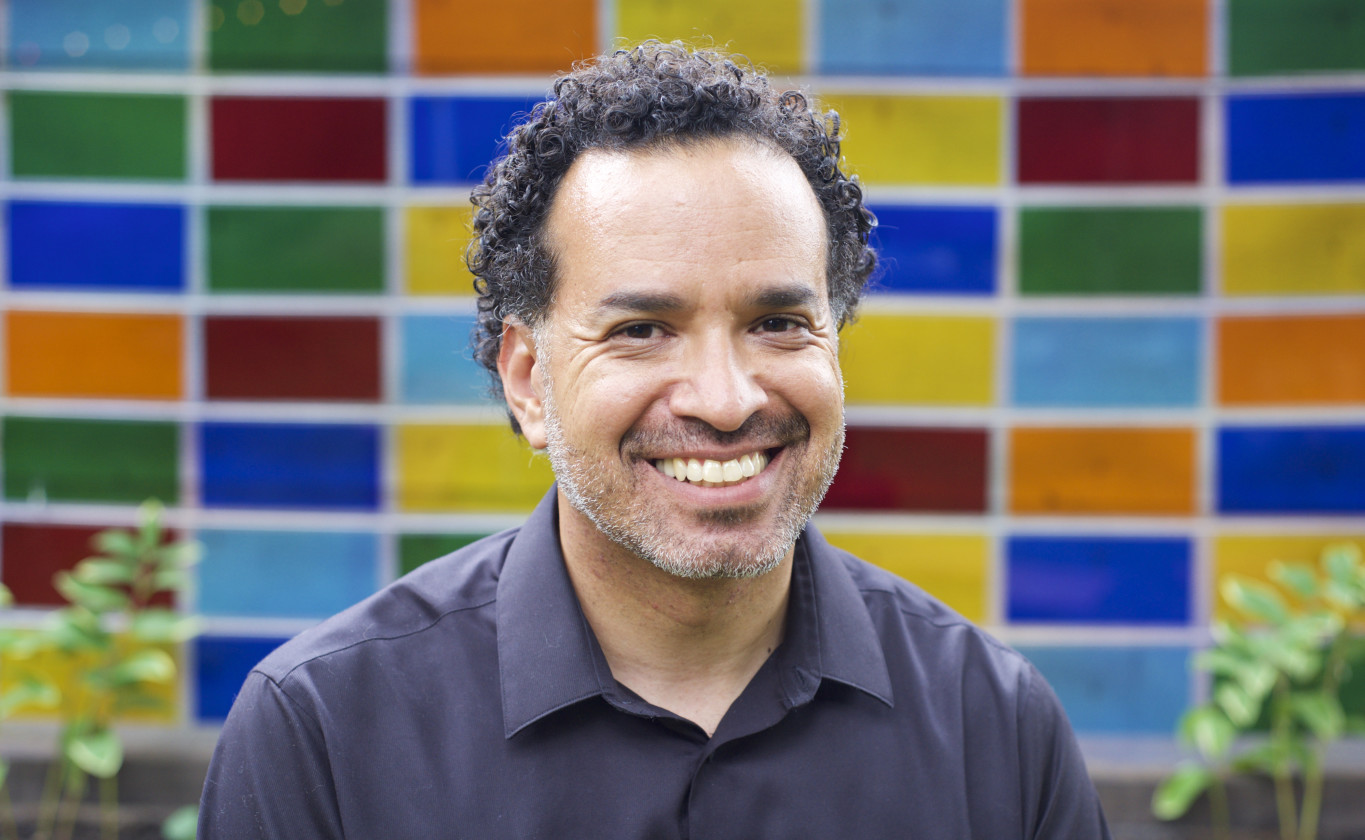

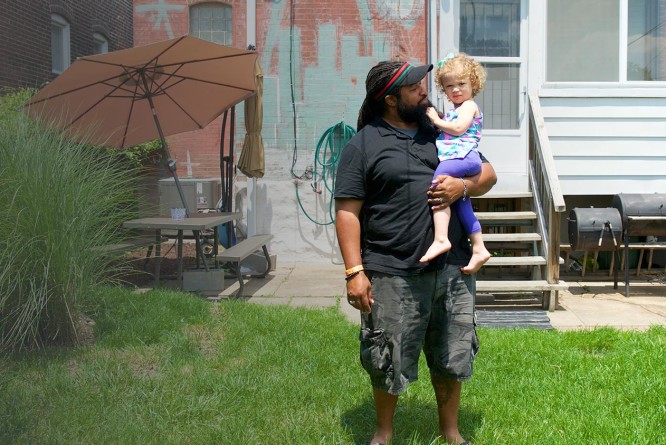
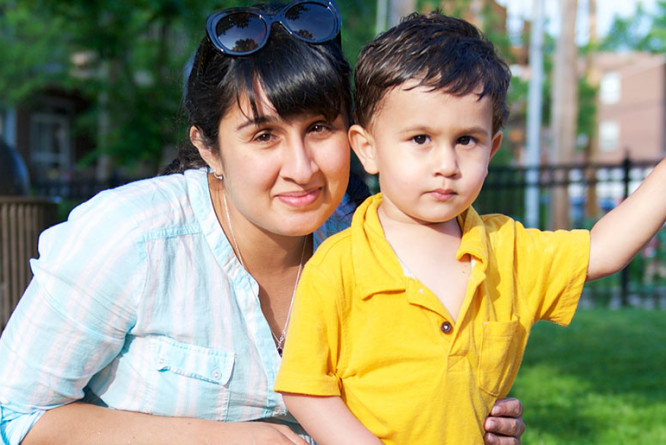
#FwdThruFerguson